+86-15889090408
[email protected]
Tibet is a unique and captivating travel destination that offers an incredible blend of natural beauty, rich culture, and spiritual heritage. Located on the Tibetan Plateau in the Himalayas, Tibet is known as the “Roof of the World” due to its high altitude and spectacular landscapes. From snow-capped mountains to vast grasslands, from ancient monasteries to vibrant festivals, Tibet has something to offer every traveler. Here are the you need to know before traveling to Tibet.

However, traveling to Tibet requires proper preparation and knowledge. Due to its high altitude, travelers need to acclimatize properly to avoid altitude sickness. It is also important to obtain the necessary permits and visas before entering Tibet, as it is a politically sensitive region. Understanding the local customs and traditions is essential to show respect and avoid any cultural misunderstandings.
Additionally, it is crucial to be aware of the weather conditions in Tibet, as they can be quite extreme. Packing appropriate clothing and gear is essential to ensure a comfortable and safe journey. It is also advisable to have a basic understanding of the local language or carry a translation guide, as English may not be widely spoken in some areas.
By properly preparing and equipping oneself with knowledge about Tibet, travelers can make the most of their experience and have a memorable journey in this enchanting destination.
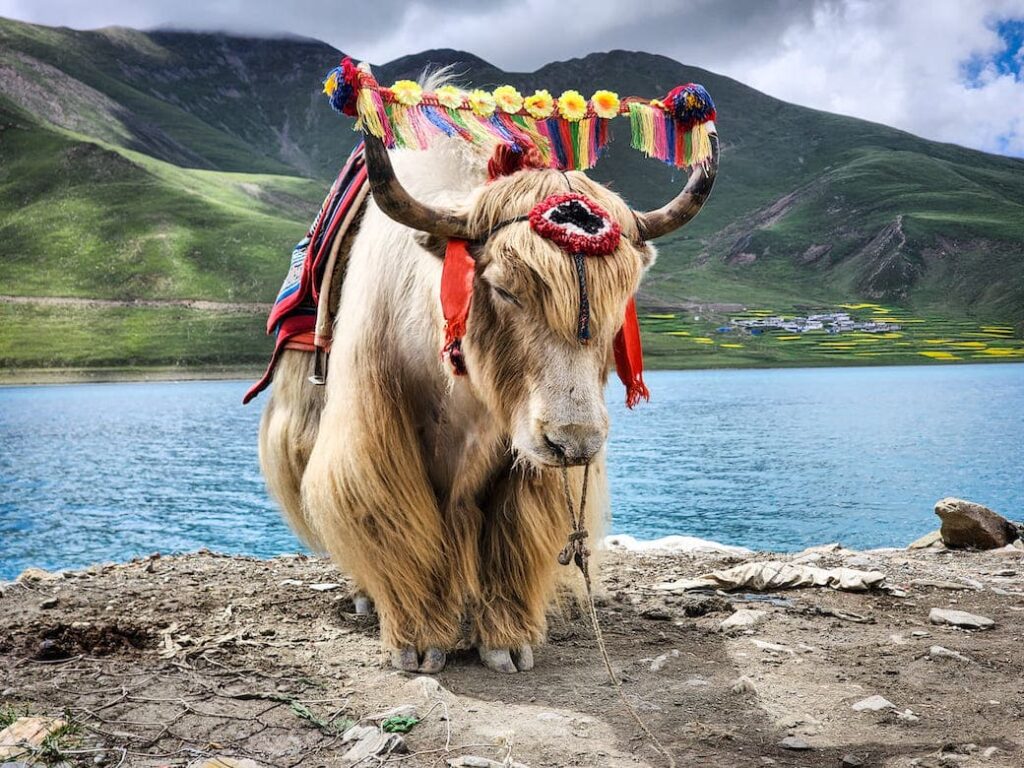
Traveling to Tibet presents unique challenges that travelers should be aware of. One of the most significant challenges is altitude sickness, as Tibet is located on the Tibetan Plateau, which is known as the “Roof of the World.” The high altitude can have a severe impact on travelers, causing symptoms such as headaches, nausea, and shortness of breath. It’s essential for travelers to acclimatize properly by spending a few days in lower-altitude areas before ascending to higher altitudes.
Another challenge is the limited infrastructure and resources in remote areas of Tibet. While major cities like Lhasa have well-developed tourist facilities, more remote areas may lack basic amenities such as electricity and clean water. Travelers should be prepared for these conditions and carry essential supplies like water purifiers and extra batteries.
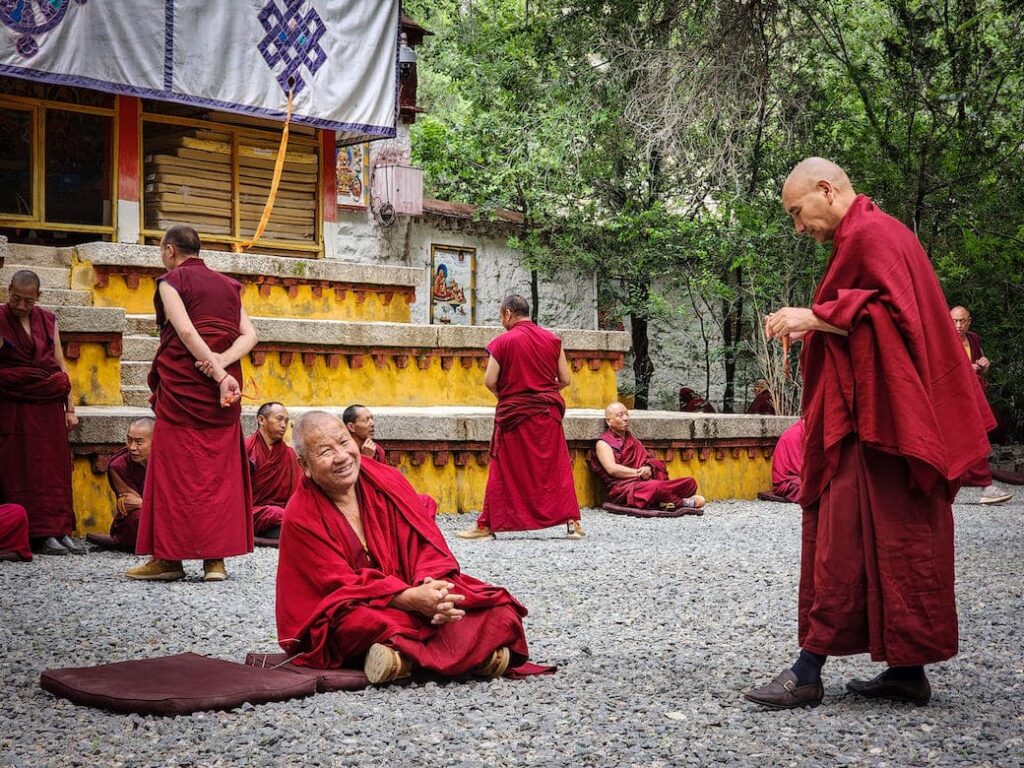
Tibet is a deeply spiritual place with a rich cultural and religious heritage. Travelers must be respectful of Tibetan customs and traditions. It is important to dress modestly, remove shoes when entering religious sites, and seek permission before taking photographs, especially of monasteries and monks.
In conclusion, traveling to Tibet can be a rewarding experience, but it comes with unique challenges. Altitude sickness, limited infrastructure in remote areas, and cultural considerations are factors that travelers should be prepared for to have a safe and enjoyable journey. By being aware of these challenges and planning accordingly, travelers can make the most of their time in this enchanting region.
Obtaining necessary permits and documents is crucial when it comes to traveling to certain destinations or engaging in specific activities. One important example is the Tibet Travel Permit, which is required for travelers visiting Tibet. This permit is issued by the Tibet Tourism Bureau and is essential for foreigners visiting the region. It is important to note that obtaining this permit can be a complex process, as there are certain requirements and restrictions in place.
To obtain the Tibet Travel Permit, travelers must be part of an organized tour group and have a guide accompanying them throughout their stay in Tibet. Additionally, travelers must also have a valid Chinese visa, as Tibet is part of China. It is advisable to apply for the Tibet Travel Permit well in advance, as the process can take some time.
In addition to the Tibet Travel Permit, there may be other permits and documents required for specific areas or activities. For example, if you plan to engage in trekking or mountaineering in certain regions, you may need to obtain additional permits from local authorities. It is important to research and understand the specific requirements for the destination or activity you plan to undertake, as failure to obtain the necessary permits can result in fines or even legal issues.

Obtaining necessary permits and documents not only ensures compliance with local regulations but also contributes to responsible and sustainable travel. These permits help to protect the environment, preserve cultural heritage, and manage tourism in a way that benefits both visitors and local communities. Therefore, it is essential to prioritize obtaining the required permits and documents when planning your travel to ensure a smooth and enjoyable experience while also respecting local laws and regulations.
When planning a trip to Tibet, it is recommended to allow for a duration of at least 7-10 days to fully experience the beauty and culture of this unique region. This will give you enough time to acclimatize to the high altitude, explore the stunning landscapes, and immerse yourself in the rich Tibetan traditions.
One of the most popular destinations in Tibet is Lhasa, the capital city. Here, you can visit the iconic Potala Palace, which was once the winter residence of the Dalai Lama. The Jokhang Temple is another must-see attraction, known for its architectural beauty and religious significance. Barkhor Street, a bustling market surrounding the temple, is also worth exploring for its vibrant atmosphere and traditional Tibetan crafts.
Another popular destination is Mount Everest, the highest peak in the world. Many travelers choose to take a scenic drive from Lhasa to Everest Base Camp, where they can witness the awe-inspiring views of the mountain and surrounding Himalayan ranges.
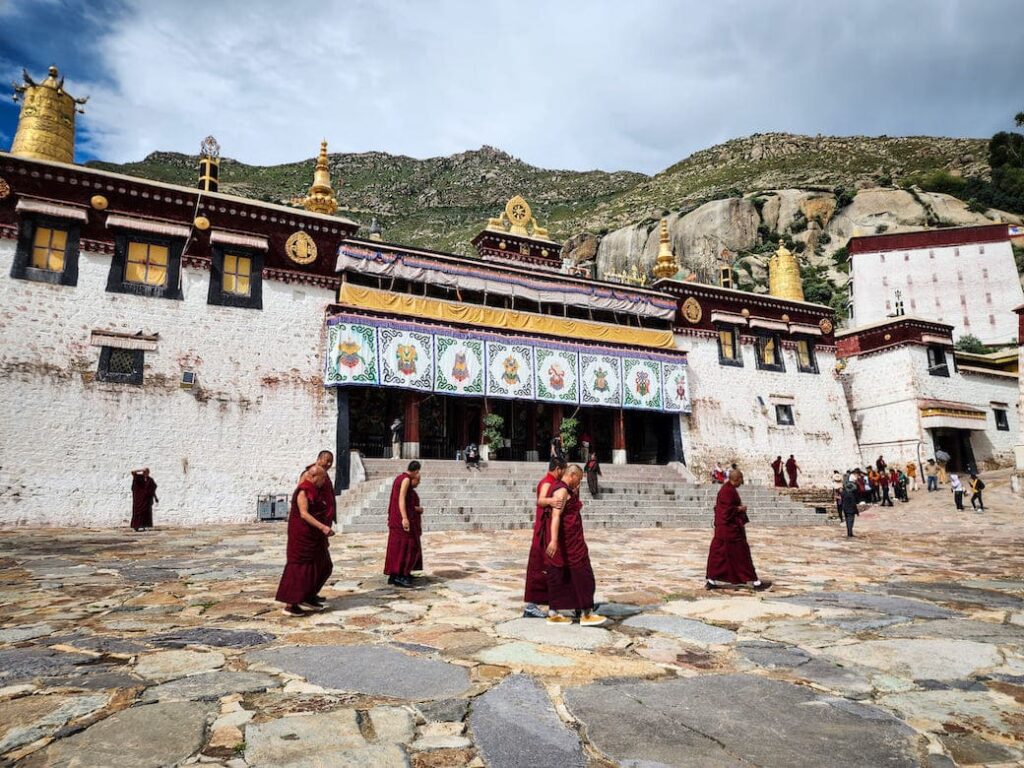
For those interested in Tibetan Buddhism, a visit to the Ganden Monastery is highly recommended. Located about 50 kilometers from Lhasa, this monastery is one of the three major Gelugpa monasteries in Tibet and offers breathtaking views of the surrounding valleys.
If you have more time, you may want to venture further into Tibet to explore other popular destinations such as Namtso Lake, known for its crystal-clear waters and stunning mountain backdrop, or the sacred Mount Kailash, considered a pilgrimage site by Buddhists, Hindus, Jains, and Bon followers.
Overall, Tibet offers a wealth of natural beauty, cultural heritage, and spiritual experiences. With proper planning and ample time, you can truly immerse yourself in the wonders of this extraordinary region.
When choosing the best time to visit a particular destination, there are several factors to consider.
Firstly, the weather is a crucial factor. Depending on your preferences, you may want to visit during a specific season that offers the type of weather you enjoy. For example, if you love warm and sunny weather, you might want to visit during the summer months. On the other hand, if you prefer cooler temperatures and fewer crowds, visiting during the off-peak season might be more suitable for you.
Secondly, consider any festivals or events that may be happening during your desired travel dates. Attending local festivals or events can provide a unique cultural experience and add an extra layer of enjoyment to your trip. Researching the destination’s annual calendar of events can help you decide when to visit.
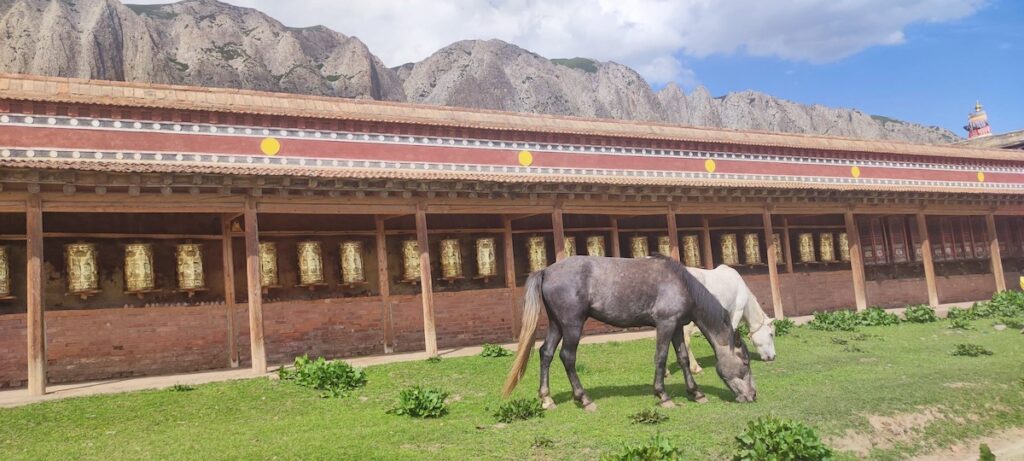
Another factor to consider is the level of tourism during different times of the year. Some destinations are popular year-round, while others experience significant fluctuations in visitor numbers. If you prefer a quieter and less crowded experience, consider traveling during the shoulder or off-peak seasons when tourist numbers are lower.
Budget is also an important consideration. Prices for accommodations, flights, and activities can vary depending on the time of year. Peak travel seasons often come with higher prices, so if you’re looking to save money, consider traveling during the low season or shoulder season.
Lastly, personal preferences and interests should also be taken into account. If you have specific activities or attractions that you want to experience, research whether they are available year-round or if they are seasonal. This will help you determine the best time to visit based on your interests.
By considering these factors, you can choose the best time to visit a destination that aligns with your preferences and ensures an enjoyable and memorable trip.

Preparing physically and mentally for a trip, especially one that involves high altitudes, is crucial for a safe and enjoyable experience. Here are some tips to help you acclimatize to high altitudes and ensure that you are physically prepared for your trip.
Firstly, it is important to gradually acclimate to higher altitudes to prevent altitude sickness. If possible, plan your itinerary in a way that allows for gradual ascent, giving your body time to adjust. It is recommended to spend a few days at intermediate altitudes before reaching higher elevations.
Staying well-hydrated is essential at high altitudes. Drink plenty of water and avoid alcohol and caffeine, as they can contribute to dehydration. It is also helpful to eat small, frequent meals to maintain energy levels.
Engaging in regular physical exercise before your trip can greatly assist with acclimatization. Cardiovascular exercises such as hiking, cycling, or running can improve your lung capacity and oxygen intake. Additionally, strength training exercises, especially targeting your legs and core, can enhance your endurance and stability during the trip.
It is important to listen to your body and be aware of any symptoms of altitude sickness, such as headache, nausea, or dizziness. If you experience any of these symptoms, it is crucial to rest, hydrate, and descend to a lower altitude if necessary. It may be helpful to consult with a healthcare professional before your trip for personalized advice and recommendations.
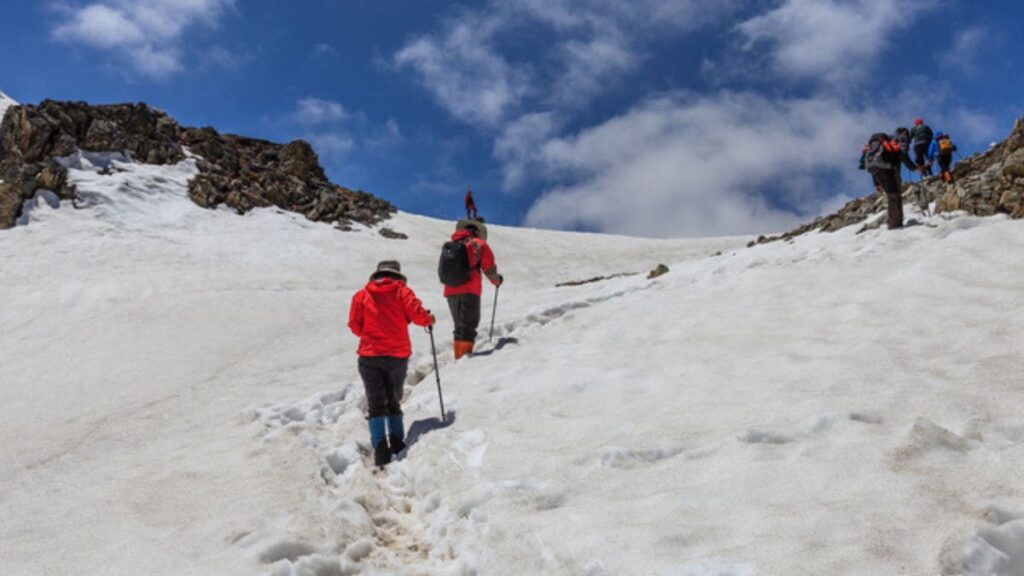
Mental preparation is also important for a successful trip. Researching the destination, understanding the challenges you may face, and having a positive mindset can help you stay motivated and resilient throughout the journey. Surrounding yourself with supportive travel companions or joining a group tour can provide additional encouragement and reassurance.
In conclusion, preparing physically and mentally for a trip involving high altitudes requires gradual acclimatization, maintaining hydration and nutrition, engaging in regular exercise, and being aware of altitude sickness symptoms. With proper preparation, you can ensure a safe and enjoyable experience during your trip.
When packing for a trip to Tibet, it’s important to consider the varying weather conditions and the specific needs of the region. The first essential is clothing and gear suitable for the weather. Tibet experiences drastic temperature changes throughout the day, so it’s important to pack layers that can be easily added or removed. This includes warm clothes such as thermal underwear, fleece jackets, and down jackets. It’s also essential to bring waterproof and windproof outerwear, as Tibet can be prone to rain and strong winds. Additionally, sturdy hiking boots, warm socks, and a hat are important to protect against high altitude and potentially rough terrains.
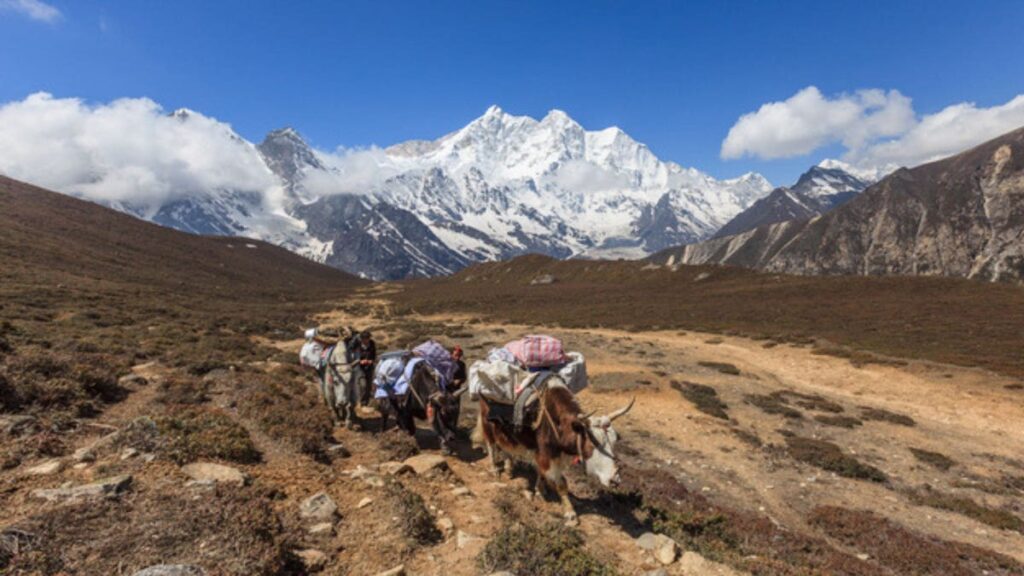
Another essential is medications and personal items. As Tibet is located at a high altitude, it’s common for travelers to experience symptoms of altitude sickness. It’s advisable to bring necessary medications such as Diamox or Ibuprofen to alleviate symptoms. It’s also important to pack any other personal medications that may be required during the trip. In addition, it’s recommended to bring sunscreen with a high SPF, lip balm, sunglasses, and a hat to protect against the strong sun at high altitudes.
Overall, when packing for a trip to Tibet, it’s crucial to consider the varying weather conditions and the specific needs of the region. By bringing appropriate clothing and gear, as well as necessary medications and personal items, travelers can ensure a comfortable and enjoyable experience in Tibet.
When traveling to a foreign country, it is important to understand and respect the local customs and traditions. This is particularly true when visiting Tibet, as the Tibetan culture has its own unique set of etiquette and behavior expectations. For example, it is customary to greet others with a slight bow and a smile and to address older individuals with respect. Visitors should also be aware that Tibetans value modesty and humility, so it is best to avoid loud or boisterous behavior.
Additionally, it is crucial to understand the significance of religious sites and practices in Tibetan culture. Tibet is known as the spiritual home of Tibetan Buddhism, and its monasteries and temples are considered sacred places. Visitors should dress modestly and remove their shoes before entering these sites. It is also important to be respectful and refrain from taking photos or engaging in loud conversation while inside.
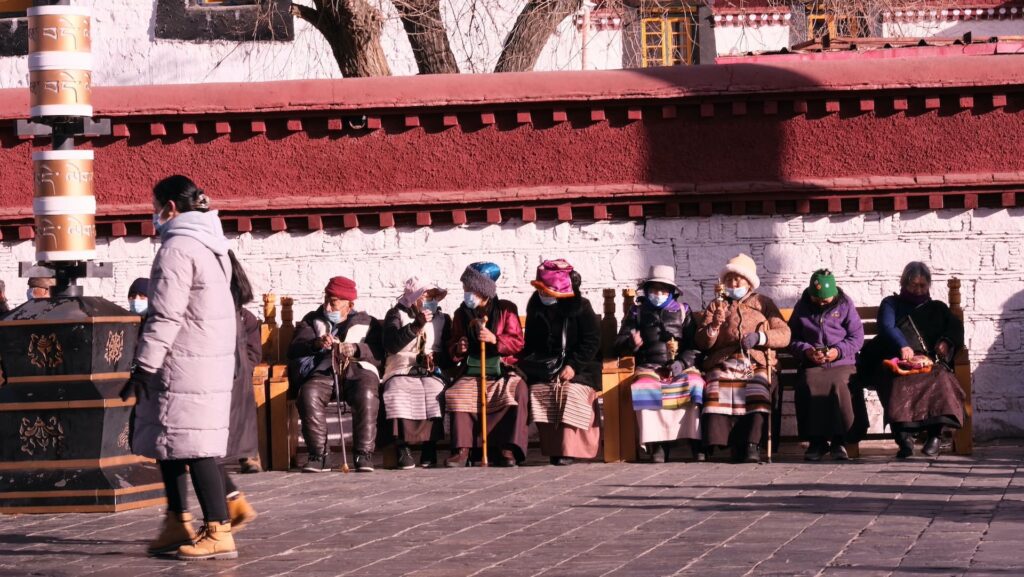
Furthermore, understanding and respecting local customs and traditions can go a long way in fostering positive relationships with the local community. By demonstrating an interest in and appreciation for Tibetan culture, visitors can help preserve and protect these traditions for future generations. It is always a good idea to research and educate oneself about the local customs and traditions before visiting a foreign country, in order to ensure a respectful and meaningful travel experience.
When navigating transportation and accommodations in Tibet, it is important to understand the options available and make informed choices for a smooth and enjoyable trip.
In terms of transportation, there are several options within Tibet. The most common mode of transportation is by road, either by hiring a private vehicle or taking public buses. Private vehicles offer more flexibility and convenience, allowing you to explore at your own pace.
Public buses, on the other hand, are more affordable and provide an opportunity to interact with locals. It is important to note that roads in Tibet can be challenging due to the high altitude and rugged terrain, so it is advisable to hire experienced drivers or join organized tours for a safer journey.

For longer distances, domestic flights are available to major cities in Tibet. This is a quicker option, but it may limit your ability to explore remote areas. Another option is to take the famous Qinghai-Tibet Railway, which offers stunning views of the Tibetan Plateau. It is a unique experience but be prepared for the long journey and possible altitude sickness.
When it comes to accommodations in Tibet, there are various options to suit different budgets and preferences. In major cities like Lhasa and Shigatse, you will find a range of hotels ranging from luxury establishments to budget guesthouses. These hotels often provide modern amenities and comfortable rooms. It is advisable to book in advance, especially during peak tourist seasons.
In more remote areas, such as Everest Base Camp or Namtso Lake, accommodations are more basic and limited. Guesthouses and tented camps are common choices, providing a more rustic experience. These accommodations may not have all the amenities of a hotel, but they offer an authentic experience and closer proximity to natural wonders.
Regardless of the type of accommodation you choose, it is recommended to check for reviews and ratings from previous travelers. This will give you an idea of the quality and service provided. It is also important to be respectful of local customs and traditions when staying in Tibetan accommodations.
Overall, navigating transportation and accommodations in Tibet requires careful planning and consideration. By understanding the available options and making informed choices, you can ensure a memorable and enjoyable trip to this unique and breathtaking destination.
When planning a trip, staying safe and healthy should be a top priority. Here are some tips to help you stay safe and healthy during your travels.
Firstly, if you’re traveling to high-altitude areas, it’s important to take precautions to prevent altitude sickness and manage its symptoms. Gradually acclimatize to the altitude by spending a few days at a lower elevation before ascending further. Stay hydrated by drinking plenty of water and avoid alcohol and caffeine. It’s also helpful to eat foods high in carbohydrates and low in fat. If you experience symptoms such as headache, dizziness, or shortness of breath, descend to a lower elevation and seek medical attention if necessary.

Secondly, ensure food and water safety. Be cautious of street food and only eat from reputable vendors. Avoid raw or undercooked foods, as well as fruits and vegetables that may have been washed with contaminated water. Drink bottled water or use water purification methods such as boiling or using water purification tablets. It’s also advisable to carry hand sanitizer and regularly wash your hands, especially before eating.
Additionally, it’s important to have travel insurance that covers medical expenses and emergency evacuation. Familiarize yourself with the local healthcare system and have a list of emergency contacts readily available. Carry a first aid kit with essential supplies such as bandages, antiseptic wipes, and any necessary medications.
Lastly, practice general safety measures such as being aware of your surroundings, keeping your belongings secure, and following local laws and customs. Use reliable transportation options and avoid traveling alone at night in unfamiliar areas.
By following these tips, you can help ensure a safe and healthy trip. Remember to research and prepare adequately for your specific destination to address any additional safety concerns that may be unique to that location.
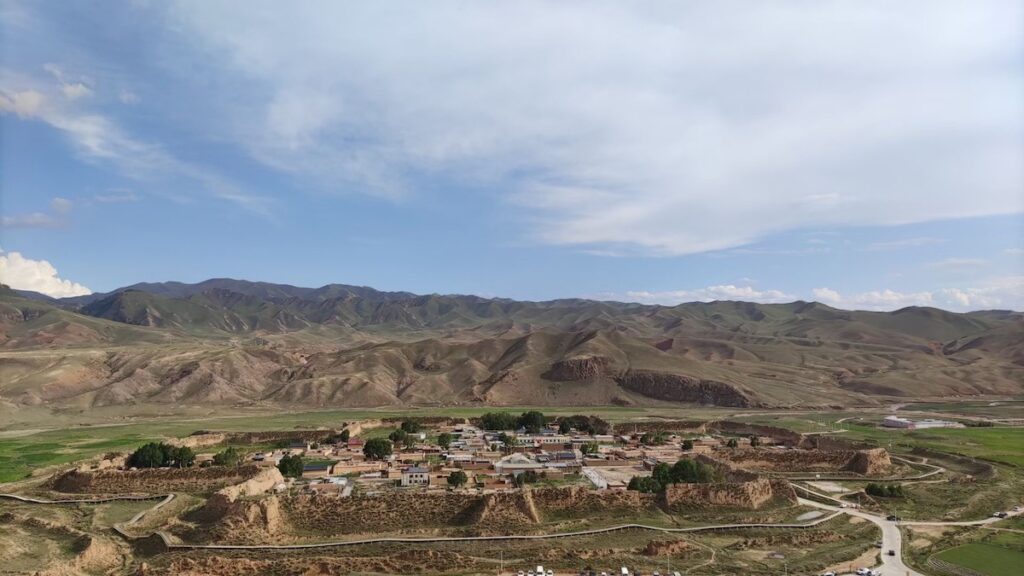
In conclusion, a successful trip to Tibet requires thorough preparation and research. Before embarking on your journey, it is important to familiarize yourself with the local customs, traditions, and regulations. This includes obtaining the necessary permits and visas, as well as understanding the weather and altitude conditions. By being well-prepared, you can ensure a smoother and more enjoyable trip.
Additionally, it is important to embrace the unique experiences and challenges that come with traveling to Tibet. This remote and culturally rich region offers breathtaking landscapes, ancient monasteries, and a chance to immerse yourself in Tibetan Buddhism. However, it is essential to respect the local customs and traditions, such as dressing modestly and behaving respectfully in religious sites.
During your trip, make sure to take care of your health and acclimatize properly to the high altitude. Hydrate well, take it easy during the first few days, and listen to your body. It is also advisable to have travel insurance that covers emergency medical evacuation, as well as carry any necessary medications.
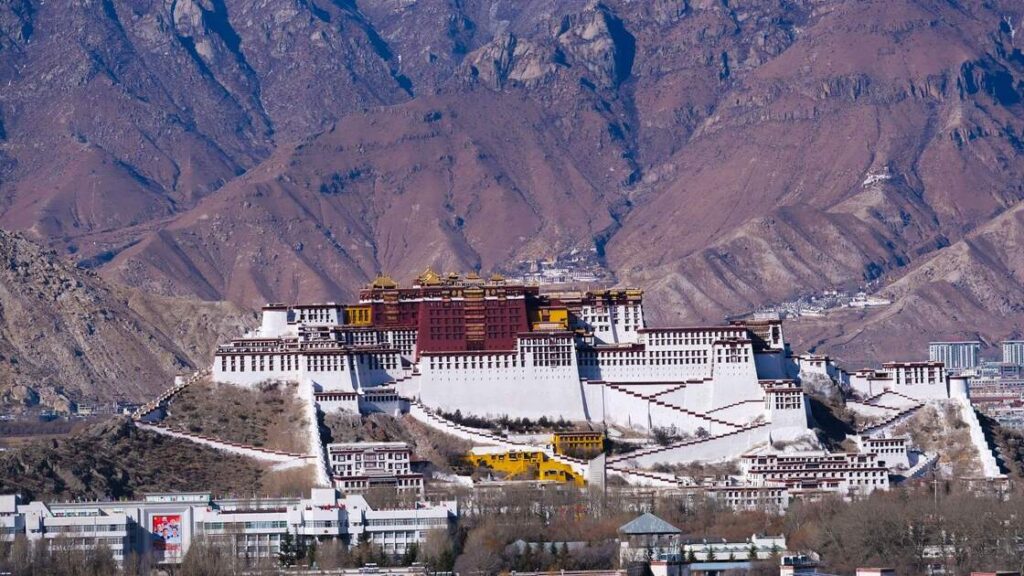
Finally, be open-minded and flexible during your trip. Tibet is a place of spiritual significance and cultural diversity. Embrace the unexpected encounters, try local cuisine, and engage with the local people. By approaching your trip with an open heart and a willingness to learn, you can truly have a transformative experience in Tibet.